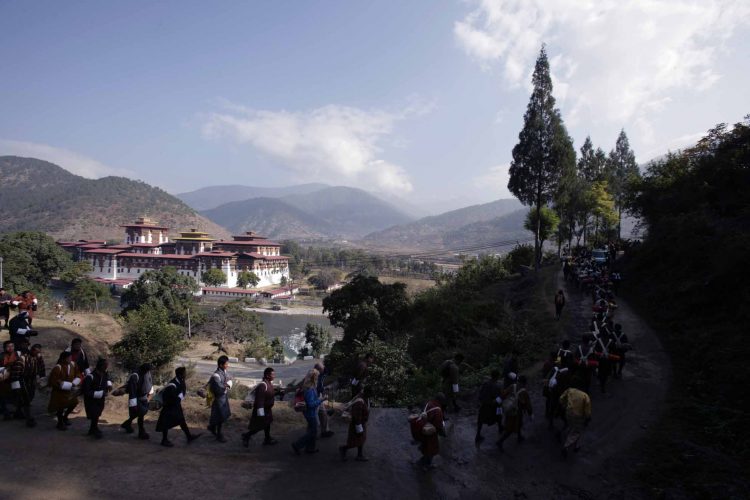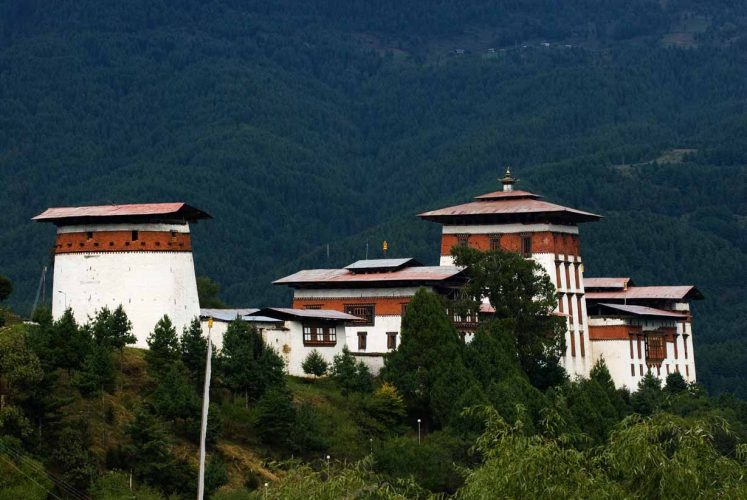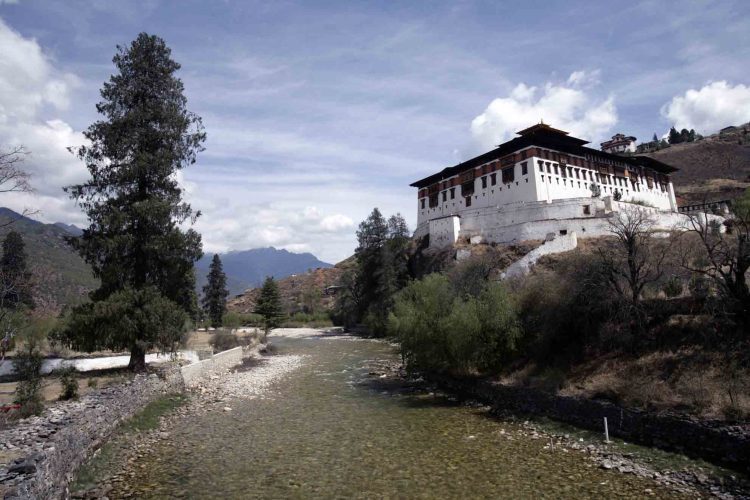Flying into Bhutan, the first to greet are the colourfully painted houses, monasteries, and fortresses. As one comes closer, the uniqueness is apparent. Bhutanese architecture has its own class. Whether it is a farm house built simply of mud and stone or a hut made from bamboo mats, or still, a majestic castle-fortress with massive single interlocking logs, the architecture here is not only different but a vital source of Bhutanese identity.
• We will visit a village community or two to see various kinds of farm houses. We will join a local household to see how the interior is used for different purposes such as keeping the cattle on the ground floor, the first floor for the family, and the topmost as storage for grains.
• We will visit the majestic castle-fortresses at Paro, Punakha, Thimphu and Trongsa and see how these gigantic structures have been built, the purposes they served in the past, and how they are being used as the centers of power and administration in the present.
• These monuments are exemplifiers of Bhutanese architecture. They are not only giant-sized but wonderful in the smallest detail, built without using a single nail, and blend harmoniously with the landscape. The fact that gigantic wood beams and stone blocks are hoisted and placed at great heights simply takes one’s breath away.
• Each of this castle-fortress contains numerous temples within which, in turn, houses invaluable statues, artefacts, paintings and relics. Thus, for pilgrims, no site is as sacred or fulfilling than a visit to these imposing structures.
• Bhutan’s castle-fortresses preserve the country’s accounts of the past. Each one has a historical narrative, throwing light on how a tiny country survived as a sovereign independent nation even as it is surrounded by gigantic neighbours.
• Although it is a tour focused on historical monuments and Bhutanese architecture in general, the visitor gets to see and explore all other areas of Bhutan – its culture, people, spirituality, nature, etc.


